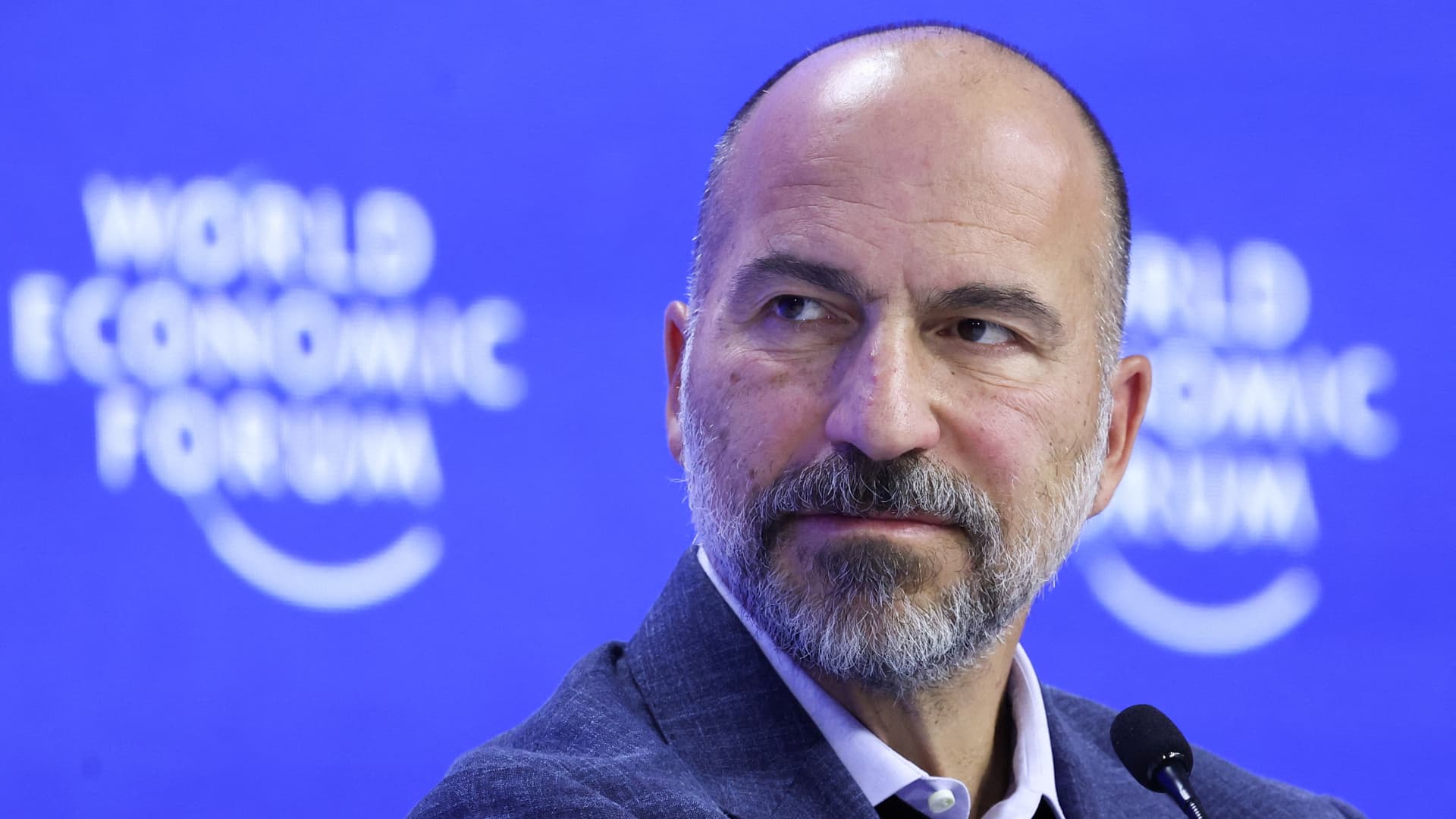Uber’s Q1 2025 Financial Performance: A Mixed Bag
Uber’s first-quarter 2025 financial results present a nuanced picture of a company that is simultaneously thriving and struggling. The ride-sharing giant has seen substantial growth in user engagement and operational efficiency, yet it has fallen short of revenue expectations. This analysis explores the key aspects of Uber’s Q1 2025 performance, shedding light on both its strengths and challenges.
Revenue and Earnings Overview
Uber’s Q1 2025 revenue increased by 13.8% year-over-year, reaching $11.53 billion. However, this figure was $90 million short of analysts’ expectations of $11.62 billion. Despite this shortfall, Uber’s earnings per share (EPS) exceeded expectations, coming in at 83 cents compared to the anticipated 50 cents. This discrepancy between revenue and earnings highlights Uber’s ongoing efforts to improve operational efficiency and cost management. The company’s ability to exceed EPS expectations despite missing revenue targets suggests a strategic focus on profitability rather than just top-line growth.
Growth in Trips and User Engagement
One of the standout achievements for Uber in Q1 2025 was the 18% year-over-year increase in trips, reaching 3.04 billion. This growth was driven by a 14% increase in Monthly Active Platform Consumers (MAPCs), underscoring the company’s ability to attract and retain users. The increase in trips and user engagement is a positive indicator of Uber’s market penetration and the effectiveness of its marketing and user acquisition strategies. This growth reflects a strong user base that is increasingly relying on Uber’s services, which bodes well for the company’s future.
Segment Performance
Mobility
Uber’s mobility segment saw a 15% year-over-year increase in revenue, reflecting a robust demand for ride-hailing services. This growth is attributed to the continued shift of consumer spending from goods to services and the secular trend towards on-demand transportation solutions. The mobility segment’s performance is a testament to Uber’s ability to adapt to changing consumer behaviors and preferences, positioning itself as a go-to solution for urban transportation needs.
Delivery
The delivery segment, which includes Uber Eats, reported an 18% year-over-year increase in revenue. This segment has been a significant driver of growth for Uber, particularly during the COVID-19 pandemic when demand for food delivery services surged. The continued growth in this segment indicates that Uber has successfully capitalized on changing consumer behaviors and preferences. The delivery segment’s performance highlights Uber’s diversification strategy, which has helped mitigate risks associated with reliance on a single revenue stream.
Operational Efficiency and Profitability
Uber’s adjusted EBITDA grew by 35% year-over-year to $1.9 billion, with an adjusted EBITDA margin of 4.4% of gross bookings. This improvement in profitability is a testament to Uber’s efforts to streamline operations, reduce costs, and enhance overall efficiency. The company’s income from operations also saw a significant increase, soaring to $1.2 billion from $172 million a year ago. This operational efficiency is crucial for Uber’s long-term sustainability and competitiveness in the market.
Challenges and Headwinds
Despite the positive indicators, Uber faces several challenges that could impact its future performance. The company’s revenue miss highlights the ongoing pressure to meet market expectations in a competitive and rapidly evolving industry. Additionally, external factors such as wildfires in Los Angeles and unusual weather patterns in the South have impacted Uber’s operations and financial outlook. These challenges underscore the need for Uber to remain agile and responsive to external factors that are beyond its control.
Strategic Initiatives and Future Outlook
Uber’s CEO, Dara Khosrowshahi, emphasized the importance of autonomous vehicle technology as a key strategic initiative. The company’s focus on innovation and technological advancements is crucial for maintaining a competitive edge and driving future growth. Furthermore, Uber’s commitment to serving a greater purpose beyond just excellence is expected to enhance employee performance and customer satisfaction. This strategic focus on innovation and purpose-driven initiatives will be instrumental in shaping Uber’s future trajectory.
Conclusion: Navigating the Road Ahead
Uber’s Q1 2025 financial results reflect a company in transition, balancing significant growth in user engagement and operational efficiency with the challenges of meeting revenue expectations. The increase in trips, user retention, and profitability are positive indicators of Uber’s market position and strategic initiatives. However, the company must continue to navigate external headwinds and invest in innovative technologies to sustain growth and meet market expectations.
As Uber looks to the future, its focus on autonomous vehicles, operational efficiency, and strategic initiatives will be critical in shaping its trajectory. The company’s ability to adapt and innovate in a competitive landscape will determine its long-term success and market leadership. Uber’s journey ahead is one of continuous evolution, where embracing change and leveraging technology will be key to achieving sustained growth and market dominance.








